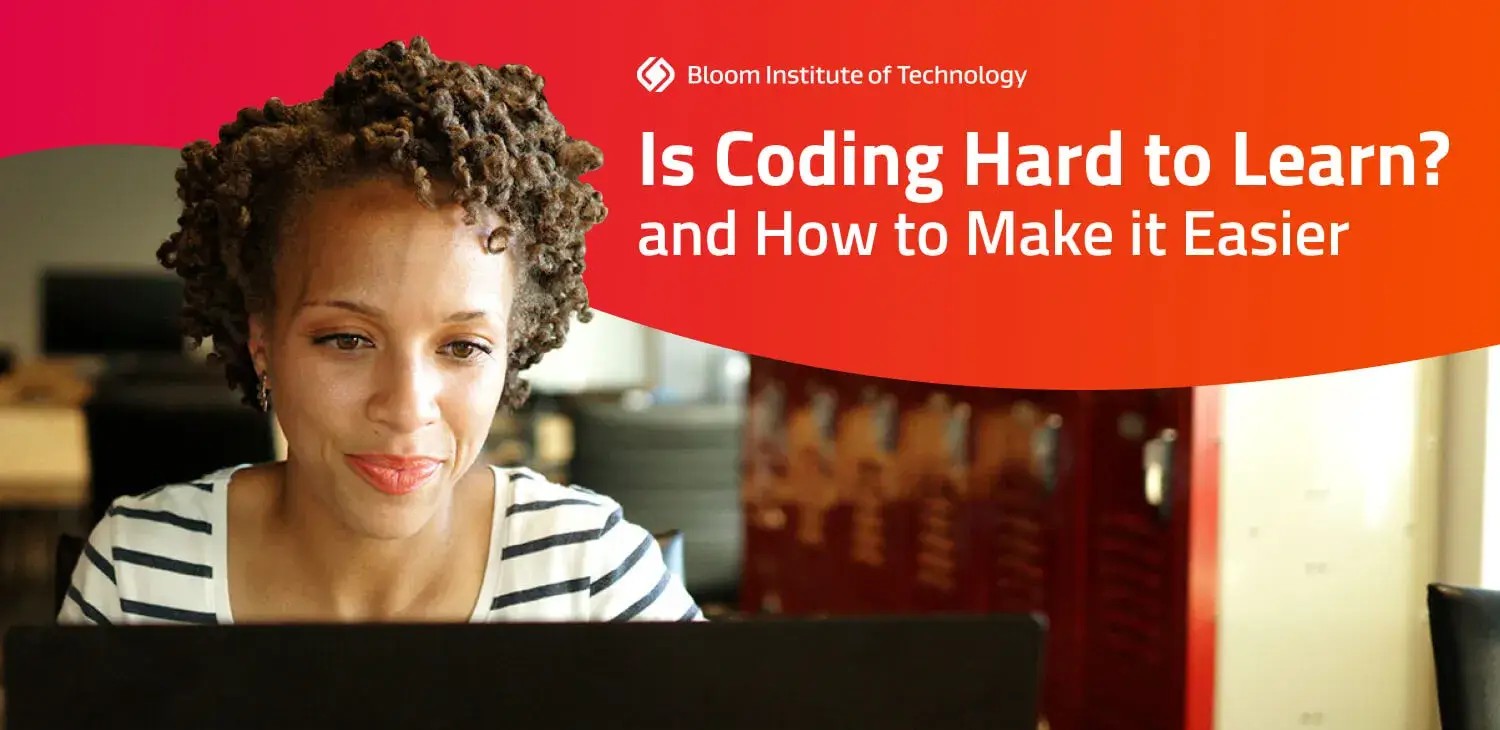 Student concentrating on coding on a laptop
Student concentrating on coding on a laptop
The prospect of learning computer coding can seem daunting. Lines of complex syntax, unfamiliar terminology, and the sheer breadth of the field often leave aspiring programmers feeling overwhelmed. Is coding truly as difficult as it appears? This article delves into the realities of learning to code, debunking common myths and providing practical tips for a smoother learning journey.
Is Coding Really That Difficult?
While coding isn’t necessarily easy, it’s often perceived as harder than it actually is. The initial learning curve can be steep, but with persistence and the right approach, significant progress is achievable. The key is to overcome the initial hurdles and recognize that, like any skill, coding becomes easier with practice and dedication.
As Danielle Koduru, a data scientist and BloomTech graduate, recounts, “I had no previous experience coding. It was definitely very challenging getting over that first hump… [Then] things were starting to click.”
Learning to code is akin to learning any new skill, whether it’s dancing, painting, or even home repair. It requires time, effort, and a willingness to learn. While some individuals may possess innate aptitudes for logical thinking and problem-solving, coding proficiency is primarily developed through dedicated learning and practice.
Common Misconceptions About Coding Difficulty
Several myths contribute to the perception of coding as an insurmountable challenge. Let’s address these misconceptions:
1. The Math Myth
Coding involves logic and problem-solving, which are related to mathematical principles. However, day-to-day coding rarely involves complex mathematical calculations. Basic arithmetic and logical operations are typically sufficient. Specific roles may require deeper mathematical knowledge, but this is not a universal requirement.
2. The Competition Myth
The tech industry is competitive, but the demand for skilled programmers continues to outpace supply. This high demand translates into abundant opportunities for aspiring coders. Focusing on developing a specialized skillset within a niche area can further enhance career prospects.
3. The Confusion Myth
Coding can be confusing initially, but so is any unfamiliar subject. With consistent effort and immersion, the syntax and logic of programming languages become increasingly comprehensible. Structured learning environments and supportive communities can significantly reduce confusion and accelerate the learning process.
4. The Overwhelm Myth
The vastness of the coding landscape, with numerous languages and frameworks, can feel overwhelming. However, it’s crucial to remember that mastery is achieved incrementally. Starting with a foundational language and gradually expanding knowledge is a more effective approach than attempting to learn everything at once.
5. The Constant Change Myth
The tech industry evolves rapidly, requiring continuous learning and adaptation. While this might seem daunting, it also ensures that coding remains a dynamic and engaging field. BloomTech’s commitment to updating its curriculum reflects this ongoing evolution, ensuring that learners acquire relevant and up-to-date skills.
Strategies for Simplifying the Coding Journey
Utilize Comments
Adding comments within code provides valuable context and clarity for both the coder and others who may work with the code in the future.
Engage with Coding Communities
Participating in online forums, attending meetups, and engaging with other coders provides invaluable support, knowledge sharing, and opportunities for problem-solving.
Enroll in a Coding Course
Structured learning environments, such as BloomTech’s Full Stack Web Development course, provide a guided pathway for acquiring foundational knowledge, developing practical skills, and building a portfolio.
Cultivate a Growth Mindset
Embracing challenges, viewing mistakes as learning opportunities, and maintaining a positive attitude are essential for success in coding. As BloomTech graduate Clint Kunz advises, “You’re gonna make mistakes, and you gotta be okay with that.”
Choosing a Beginner-Friendly Language
Selecting an accessible language can ease the initial learning process. HTML, Python, and JavaScript are popular choices for beginners due to their relatively straightforward syntax and wide range of applications. BloomTech offers a free HTML course to jumpstart your coding journey.
Taking the First Step
For those seeking a structured and supportive learning environment, BloomTech offers comprehensive coding courses designed to equip individuals with the skills and knowledge needed for a successful career in tech. The Full Stack Web Development course provides a proven path to employment, even for those with no prior coding experience. BloomTech’s Risk-Free Trial allows aspiring coders to experience the program firsthand.